
Strawberries are delicious, vibrant berries that are widely loved for their sweet and tangy flavor. To fully enjoy their freshness and extend their shelf life, it is crucial to store strawberries properly. In this blog post, we will explore effective methods to store fresh strawberries in the refrigerator, ensuring they last longer in the cripser drawer and remain as flavorful as possible.
Health Benefits of Strawberries
Strawberries offer a delightful combination of taste and numerous health benefits. These vibrant red berries are packed with essential nutrients, making them a nutritious addition to any diet. Strawberries are an excellent source of vitamin C, which helps support a healthy immune system and promotes collagen production for vibrant skin. They are also rich in antioxidants that help protect the body against oxidative stress and reduce the risk of chronic diseases.
Moreover, strawberries are low in calories and high in fibre. This makes them a great choice for weight management and digestive health. With their potent combination of vitamins, minerals, and antioxidants, strawberries are a delicious way to boost overall health and well-being.
Have you tried Strawberry Juice? It surprisingly has so many incredible health benefits. Read it here: The Impressive Benefits of Strawberry Juice.
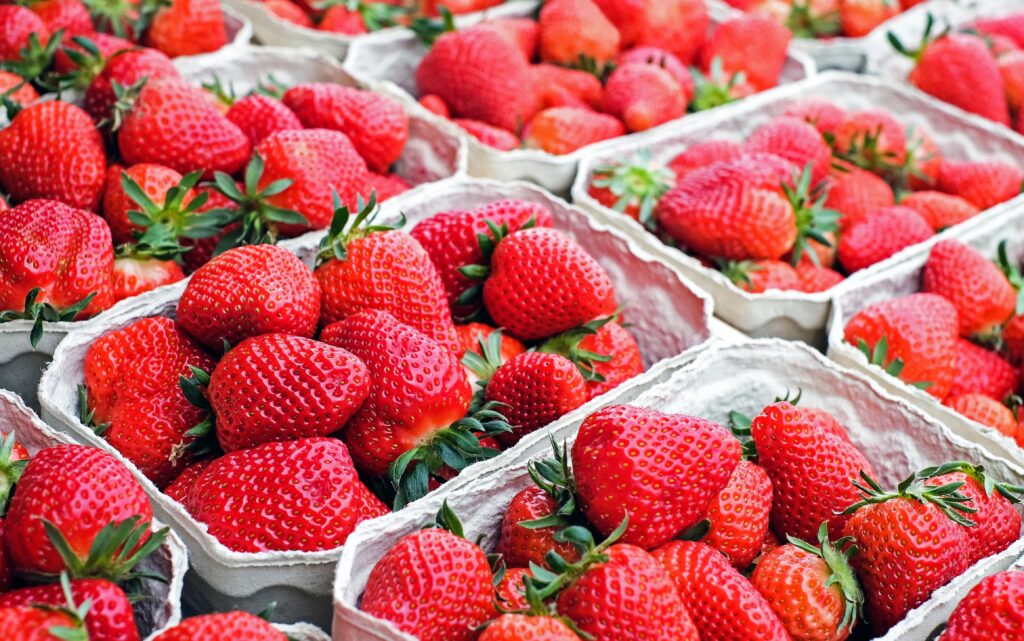
Some Recipes with Strawberries
Here are a few of my favourite strawberry recipes to make with fresh strawberries. From desserts to appetizers and cocktails, strawberries are such a versatile ingredient!
How To Buy Fresh Strawberries
When buying fresh juicy strawberries, there are a few key factors to consider to ensure you bring home the best quality fresh berries, especially in-season strawberries. Start by visually inspecting the strawberries. Look for berries that are bright red, vibrant green tops, plump, and free from signs of mold or mushy spots. The size of the berry doesn’t necessarily determine its sweetness, so focus on the overall appearance instead. Check for a fresh, sweet aroma as strawberries should have a pleasant fragrance. Gently touch the berries to assess their firmness. They should be neither too soft nor too hard.
Additionally, consider the source of the strawberries when shopping at your local grocery store or farmers’ market. Opt for local and organic options when available during strawberry season to support sustainability and reduce exposure to pesticides.
How Long Do Strawberries Last
How long do fresh strawberries last at room temperature
Fresh strawberries have a limited shelf life when left at room temperature. Ideally, strawberries should be refrigerated to maintain their freshness and extend their lifespan. At room temperature, ripe strawberries can last for about 1-2 days before they start to spoil. The warm environment accelerates the ripening process, causing the berries to soften and become more susceptible to mold growth.
How long do strawberries last in the fridge?
When stored properly in the fridge, strawberries can last for an extended period compared to leaving them at room temperature. On average, fresh strawberries can last anywhere from 5 to 7 days in the refrigerator. However, it’s important to note that their shelf life may vary depending on their initial quality and ripeness at the time of purchase.
Additionally, removing any spoiled or moldy berries from the batch can help prevent the spread of spoilage of the whole bunch of delicious strawberries.
How To Tell If Strawberries Are Bad
It’s important to be able to identify when strawberries have gone bad to avoid consuming spoiled fruit. There are a few signs to look for to determine if strawberries are no longer fresh.
First, visually inspect the berries for any mold growth or mushy or soft spots. Discoloration and mold spores, especially darkening or browning, is also an indication of spoilage. Rotten strawberries may have a foul, off smell or unpleasant odour.
Additionally, if the berries have a slimy texture or appear excessively soft, it’s best to discard them. Trust your senses and if something seems off, it’s better to err on the side of caution and avoid consuming strawberries that show signs of spoilage.

Do strawberries last longer washed or unwashed
Strawberries tend to last longer when left unwashed until just before consumption. Washing strawberries introduces extra moisture, which can accelerate the growth of mold and bacteria, shortening their shelf life of unwashed berries. It is best to store strawberries unwashed and gently rinse them under cold water right before eating or using them in recipes. This helps to preserve their texture and flavor while reducing the risk of premature spoilage and resulting in food waste.
However, if you prefer to wash strawberries in advance, make sure to dry the strawberries thoroughly with paper towels or dry them in a salad spinner before proper storage. Properly dried strawberries have a better chance of lasting longer than those stored with excess moisture.
Vinegar Wash for Strawberries
A vinegar wash, also known as a vinegar bath is a simple and effective method for cleaning strawberries and removing any potential residue. Here’s a step-by-step guide for a vinegar wash for strawberries:
Steps for keeping strawberries fresh with a vinegar wash
- Prepare the Solution: In a large bowl, mix together 1 part white vinegar and 3 parts water. For example, you can use 1 cup of vinegar with 3 cups of water, depending on the quantity of strawberries you have.
- Soak the Strawberries: Place the whole berries in the vinegar wash solution and gently swirl them around. For best results, let them soak for about 5-10 minutes. This helps to loosen any dirt, pesticides, or bacteria present on the berries.
- Rinse the Strawberries: After soaking, remove the strawberries from the vinegar solution and rinse them thoroughly under cold running water. Ensure that all the vinegar is washed off.
- Pat Dry: Gently pat the strawberries dry with paper towels or a clean kitchen towel on a baking sheet. Make sure to remove any excess moisture, as moisture can lead to quicker spoilage.
- Store or Use: Once dry, you can store the strawberries in the refrigerator or use them in your desired recipe.
Make sure to place the strawberries into a clean plastic container or storage container of your choice. Discard the original packaging since the original container may have dirt or bacteria.
What Does a Vinegar Wash Do for Strawberries?
The most important thing vinegar wash does is helps remove surface contaminants from strawberries, making them safer to eat. However, it’s important to note that washing strawberries, whether with or without vinegar, should be done just before consuming or storing them. Washing them in advance can introduce excess moisture, which can reduce their shelf life.
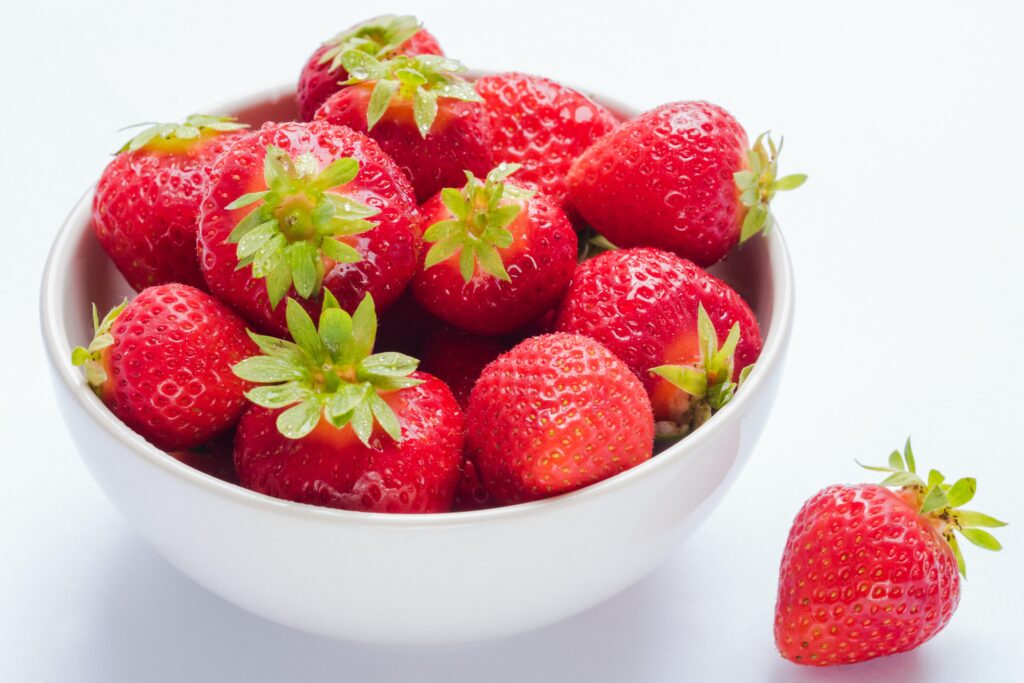
How Do You Make Strawberries Last Longer in The Refrigerator
The best way to make strawberries last longer in the refrigerator, it’s essential to store them properly.
Step 1
Start by gently rinsing the berries under cold water right before using them. Again, avoid washing them in advance, as excess moisture can promote spoilage. After washing, thoroughly pat them dry with paper towels to remove any excess water.
Step 2
Next, transfer the strawberries to an airtight container, glass jar or resealable bag. Ensure that the container is not overcrowded and that the berries are arranged in a single layer if possible. It’s important to not leave them in an open container. The best option is a shallow container. This allows for better air circulation and helps prevent the berries from becoming mushy or sticking together.
Step 3
Finally, place the container of strawberries in the refrigerator, ideally on a middle or bottom shelf where the temperature is most consistent. By following these steps, you can help prolong the shelf life of strawberries, keeping them fresh and delicious for a longer period.
How To Store Fresh Picked Strawberries
If you’ve just picked fresh strawberries and want to store them properly, follow these steps to maintain their freshness:
- Sort and Discard: Sort through the strawberries and remove any damaged, overripe, or moldy berries. Discarding these will prevent them from affecting the quality of the remaining strawberries.
- Avoid Washing: It’s best to avoid washing the strawberries immediately after picking. Moisture can lead to spoilage, so it’s recommended to wash them just before consuming.
- Store in a Single Layer: Place the strawberries in a single layer on a lined cookie sheet or tray. This prevents them from being squished or crushed and allows air to circulate around the berries.
- Cool and Dry Storage: Store the tray of strawberries in a cool, dry place away from direct sunlight. A cool basement or a cool spot in your kitchen can work well. Avoid storing them near sources of heat, such as appliances or direct sunlight, as this can speed up spoilage and release ethylene gas.
- Monitor and Consume Promptly: Keep an eye on the strawberries and consume them within 1-2 days for optimal freshness.
Remember, freshly picked strawberries are delicate and have a shorter shelf life than store-bought ones. Storing them properly will help maintain their flavor and freshness for as long as possible.
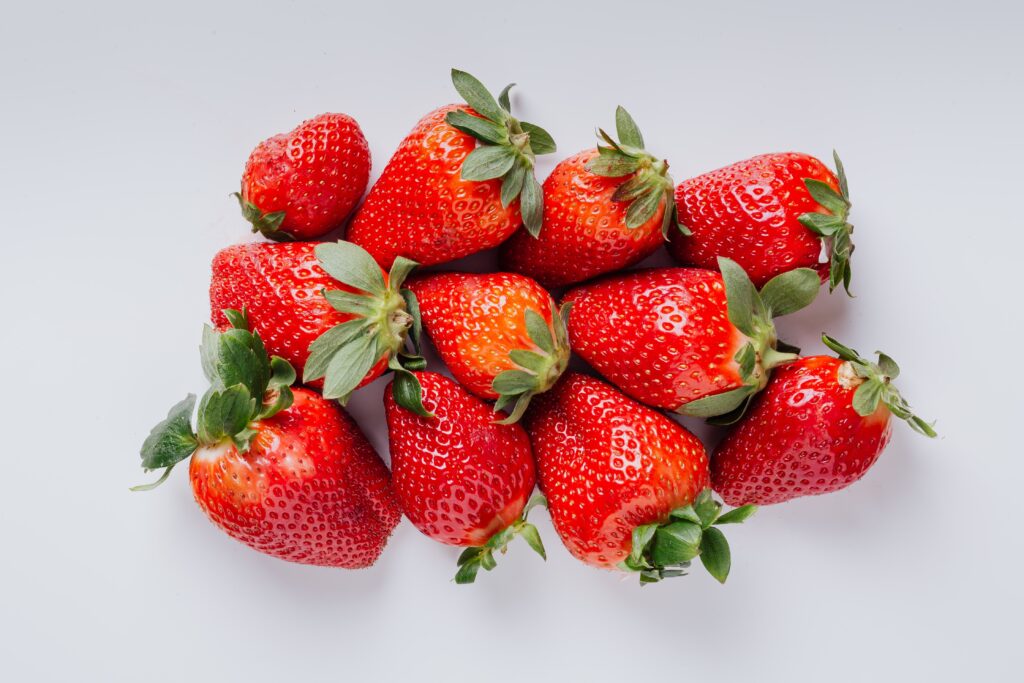
How to Store Cut Strawberries
Storing cut strawberries properly is crucial to maintain their freshness and prevent them from spoiling quickly. After cutting the strawberries, gently rinse them under cold water and pat them dry with paper towels to remove excess moisture.
Next, transfer the cut strawberries to an airtight container or resealable bag. Ensure the container is not overcrowded, and the strawberries are arranged in a single layer between pieces of wax paper or parchment paper if possible. This allows for better airflow and helps prevent them from becoming mushy.
Finally, place the container of cut strawberries in the refrigerator. Best place is ideally on a middle or bottom shelf where the temperature is most consistent.
By following these steps, you can prolong the shelf life of cut strawberries and enjoy their juicy goodness for a longer period. Remember to consume them within a few days for the best flavor and texture.
How to Freeze Strawberries
Freezing strawberries is a great way to preserve their freshness and enjoy them later. Follow these steps to flash freeze strawberries:
- Prepare the Strawberries: Start by gently washing the strawberries under cold water to remove any dirt or debris. Remove the stems and any blemishes from the berries.
- Dry the Strawberries: Thoroughly pat the strawberries dry with paper towels to remove excess moisture. This step is essential to prevent ice crystals from forming and maintain the quality of the frozen berries.
- Choose Freezing Method: There are a couple of options for freezing strawberries. You can either freeze them whole or slice them. Decide based on how you plan to use them later.
- Freezing Whole Strawberries: Place the dry, whole strawberries on a lined cookie sheet or tray, making sure they are in a single layer and not touching each other. This prevents them from sticking together. Place the tray in the freezer for a few hours until the strawberries are firm.
- Freezing Sliced Strawberries: If you prefer to freeze sliced strawberries, arrange the dry slices in a single layer on a lined cookie sheet or tray. Again, ensure they are not touching each other. Freeze the tray for a few hours until the slices are firm.
- Transfer to Containers or Bags: Once the strawberries are firm, transfer them to airtight freezer-safe containers, a glass mason jar or a resealable plastic freezer bag. Label the containers with the date for easy reference.
- Remove Air and Seal: If using bags, squeeze out as much air as possible before sealing them tightly. This helps prevent freezer burn and maintains the quality of the strawberries.
- Place into the Freezer: Place the containers or bags of strawberries in the freezer. It’s a good idea to store them in a flat position to prevent the strawberries from getting crushed.
How long do strawberries last in the freezer
Frozen strawberries can last up to 8-12 months in the freezer. They are perfect for use in smoothies, desserts like strawberry pie, jams, or as a topping for cereals, ice cream and yogurt. Enjoy the sweet taste of strawberries all year round by following these simple steps to freeze them.

How to Preserve Strawberries
Preserves are made by cooking whole or large pieces of fruit in a sugar syrup until they become tender and translucent. The fruit is gently cooked to preserve its shape and texture, resulting in a spread with visible chunks or whole pieces of fruit in thick syrup. Preserves tend to have a slightly firmer texture compared to jam.
If you want to make your own, try this simple recipe for Strawberry Preserves.
Conclusion
Properly storing strawberries is essential to maintain their freshness, maintain the most flavor, and shelf life. By following the guidelines and proper steps mentioned above, you can ensure that your strawberries last longer in the fridge. Allowing you to enjoy their juicy goodness for as long as possible. Remember, the key is to store the sweet strawberries in a cool, dry place, in a single layer, and in an airtight container. With these simple steps, you can savor the taste of fresh strawberries, whether you consume them immediately or freeze them for later use.
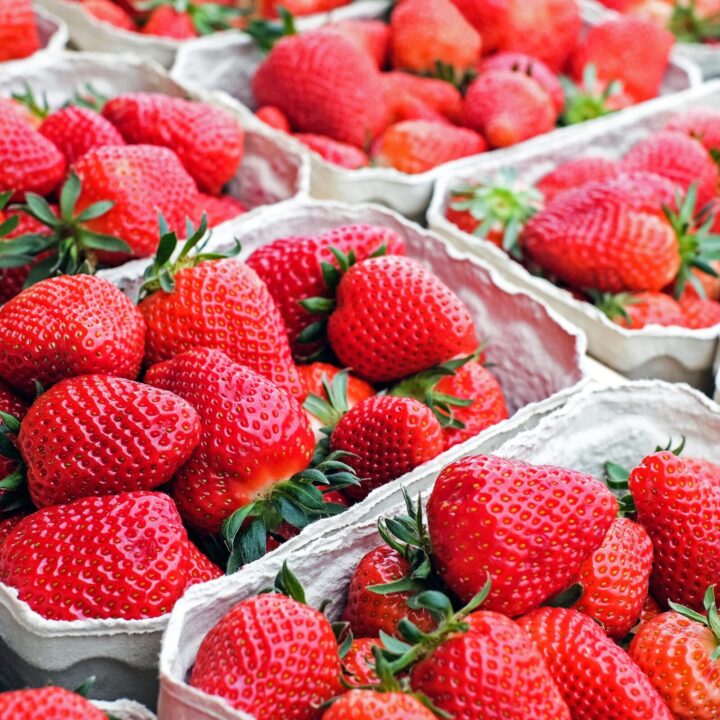
How to Make Strawberries Last Longer in the Fridge
The best way to make strawberries last longer in the refrigerator, it's essential to store them properly.
Instructions
- Start by gently rinsing the berries under cold water right before using them. Again, avoid washing them in advance, as excess moisture can promote spoilage.
- After washing, thoroughly pat them dry with paper towels to remove any excess water.
- Next, transfer the strawberries to an airtight container, glass jar or resealable bag. Ensure that the container is not overcrowded and that the berries are arranged in a single layer if possible. This allows for better air circulation and helps prevent the berries from becoming mushy or sticking together.
- Finally, place the container of strawberries in the refrigerator, ideally on a middle or bottom shelf where the temperature is most consistent.

Christopher is a food and lifestyle expert, recipe developer and the content creator behind May Eighty Five. With years of experience in the kitchen, he also shares tips, tricks and how to’s that he has learnt over the years. Every week, he shares quick, simple and mostly healthy recipes along with some home and entertaining tips. You will find flavorful cocktails, delicious appetizers, tasty mains and some indulgent desserts. As a home decor enthusiast, he also likes to share simple DIY projects and simple tips for a beautiful home.



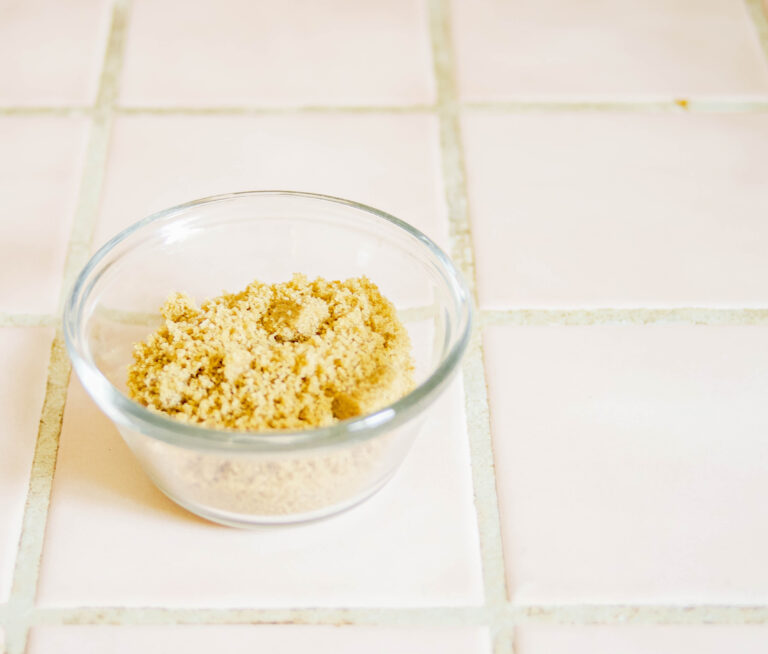
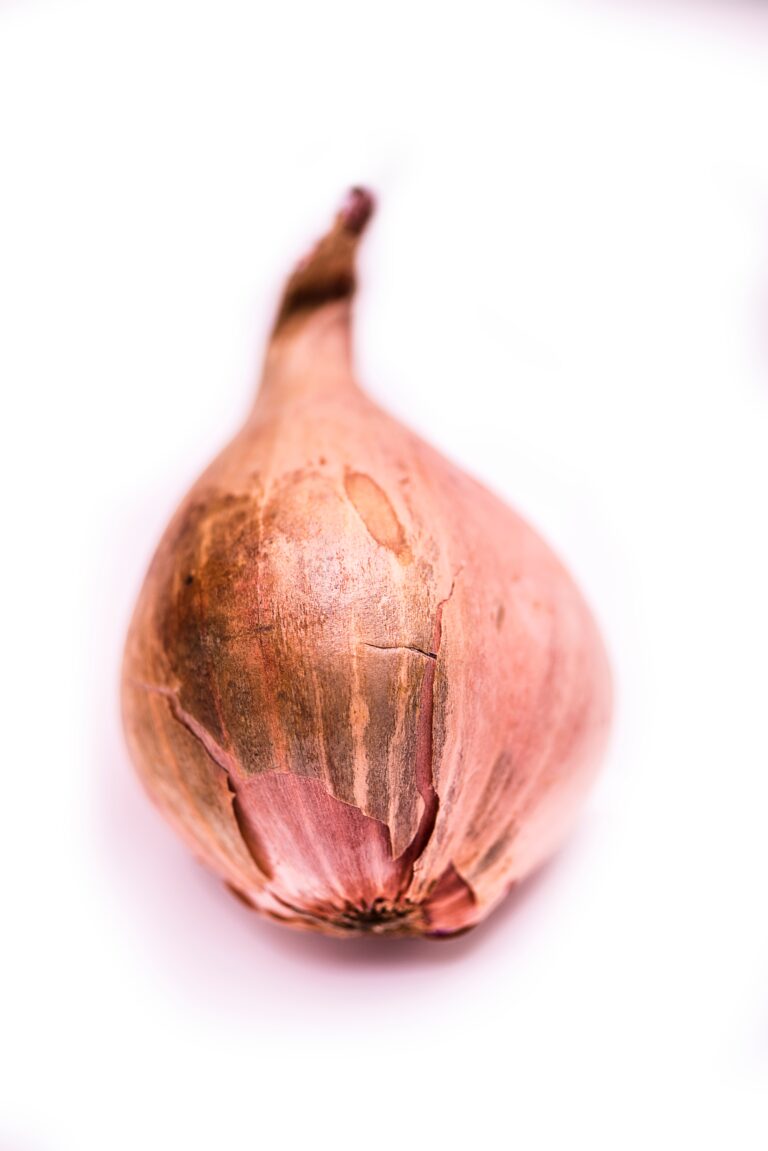



10 Comments